Assessing the condition of summer car tires before the start of the season helps to determine the suitability of the tires for use and tell you what to pay attention to during inspection.
First of all, you should visually inspect each tire. Pay attention to the presence of cuts and cracks. Damage to the sidewalls or tread may indicate wear or age-related defects. The presence of uneven tread wear may be a signal of problems with wheel balancing or improper tire installation. Uneven wear can affect vehicle handling and safety.
Main parameters to check:
a) Tread depth
For summer tires, the minimum tread depth is usually 1.6 mm by law, but for better safety, it is recommended to check that it is at least 3 mm. Use a special ruler or tool to measure the tread. Measure in different places, especially in the center and at the edges, as uneven wear may indicate installation or balancing problems.
If the tread depth of the summer tires is insignificant, then they should be replaced. We recommend that you buy used summer tires in Kyiv in the “BUradius” store. You will be 100% satisfied with the service and high quality of used summer tires in Ukraine, and given that the price of used summer tires is several times lower than dubious new tires on the market, buying used tires is an economically advantageous increase.
b) Sidewall condition
Check the sidewalls of the tires for cracks, which may indicate aging of the rubber. If inequality or bulging is detected – This may indicate structural damage that poses a safety risk.
c) Year of manufacture
The DOT number is located on the sidewall of each tire, indicating the week and year of manufacture (for example, 2518 means the 25th week of 2018). Even if the tread looks satisfactory, it is important to consider that rubber older than 5-6 years may lose its performance properties due to natural aging of the material.
d) Balancing and uniform wear
Uneven wear may be due to incorrect wheel balancing. Before the season, you should contact a specialized service for a detailed check. Incorrect geometry can lead to rapid tire wear. For this, it is recommended to consult a qualified specialist.
e) Tire pressure
Before the start of the season, it is necessary to check the tire pressure according to the manufacturer’s recommendations. Incorrect pressure can increase tread wear, affect the handling and safety of the car. Check the pressure not only at the start of the season, but also periodically during operation, because temperature changes can cause it to deviate.
f) Deviations in wear symmetry
Carefully inspect the tread pattern for uneven parts or defects. This may indicate problems with the suspension or uneven wheels.
Additional tips and nuances:
- Compare all 4 tires with each other. If one tire has a significantly different degree of wear or damage, this may be a signal to replace the complete set.
- Pay attention to the conditions in which the car was operated: operation on asphalt, on uneven roads, with frequent overloads – all this accelerates tire wear.
- Follow the tire storage conditions during the off-season period. Improper storage (direct sunlight, high temperature or humidity) can lead to premature aging of the rubber.
- If you have any doubts about the condition of the tires, do not self-assess – contact a professional service center. Specialists can conduct a detailed diagnosis and provide recommendations for the operation or replacement of tires.
Regular maintenance and systematic inspection of summer tires help to maintain not only an optimal level of comfort while driving, but also the safety of the driver and passengers. Checking the main parameters – tread depth, sidewall condition, correct tire pressure and balance – will allow you to promptly identify potential problems. Do not forget to also analyze the operating conditions, years of tire operation and professional diagnostics in case of doubt. All these steps will create reliable conditions for safe driving in the summer.
Follow these recommendations to maintain a high level of safety and efficiency when using car tires.
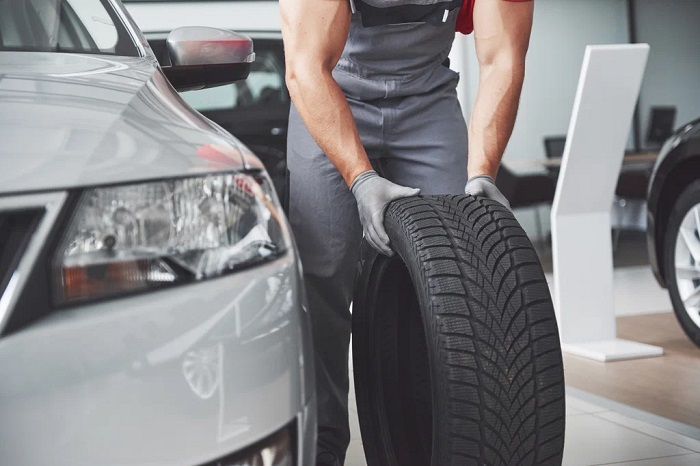
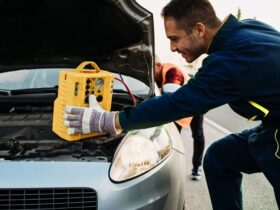




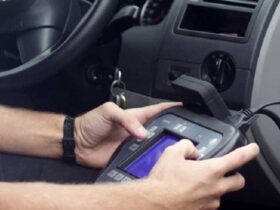
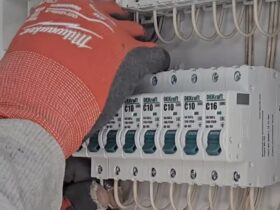

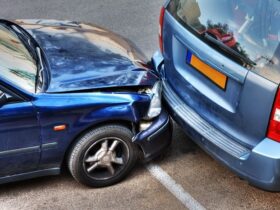
Leave a Reply